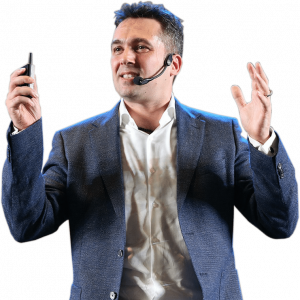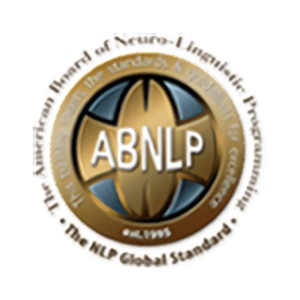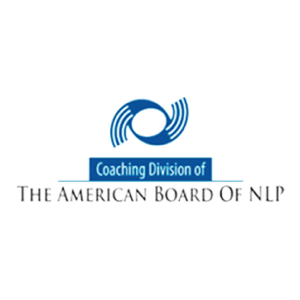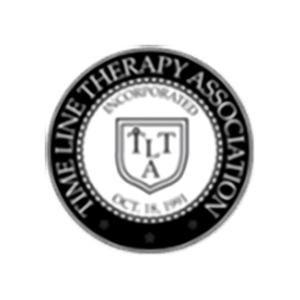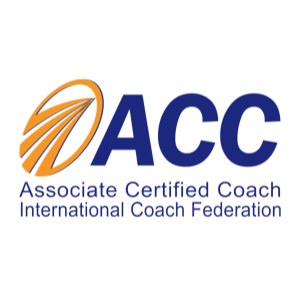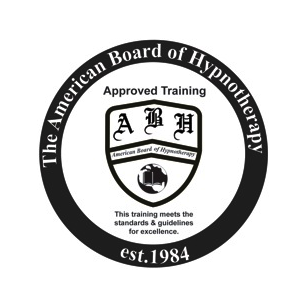There are a plethora of Neuro-Linguistic Programming (NLP) techniques that can help an individual in various circumstances. However, one stands above the rest regarding its efficacy in practical, real-life applications.
This technique is NLP modeling which can be useful when learned properly and put into practice.
What is modeling?
Neuro-Linguistic Programming modeling is essentially the act of understanding certain actions being undertaken by other individuals and coding these behavior patterns into learnable models. These models can then be used to improve one’s skill set and performance in various situations.
The Intention for Modeling
Before you can even proceed with modeling, you need to intend to model someone’s actions or behaviors when viewing them perform. This is important as it can put you in the right headspace to observe details that might be missed.
How does modeling work?
The best way to understand the NLP modeling process is to break it down into smaller and more digestible pieces. The following is a short timeline that outlines how the process of NLP modeling works.
Phase 1 – Observing the model
The first phase of this process involved observing a model. Pick any skill you want to learn and watch someone exceptionally good at it perform it.
This is the most crucial part of the process as, without a keen sense of observation, you are likely to miss out on some of the smaller distinguishing differences that make that person so good at what they do. If you have detailed observation skills, however, you should be able to capture each step of the process that they are doing in excruciating detail.
Record these observations and form a library that you can refer to later when building the model.
Phase 2: Finding the difference that makes the difference
Now that you have carried out detailed observations, it is time to go ahead and process the information collected so far into a model that can be used to teach yourself the skill or by others to learn what is to be done.
The key point here is to look for differences in how you perform the task and how your exemplary subject performs them. Some differences might not count for a lot and will inevitably not matter. However, there will also be differences that matter, which make the subject better at the task than you.
Make sure to capture all these differences and form a written or visual model regarding the actions. Highlighting areas that you feel are crucial to practicing the skill well.
Phase 3: Design a method to teach the skill
The final step of the process is to design a method to teach the skill to yourself and others. In regards to yourself, considering you got to observe the subject firsthand, you already have a leg up as you got a visual representation of what they did as a primary observer.
Make sure to code all this information down into a model that you find easy to understand and can pick up the skills from. In fact, before teaching others through this model, we recommend that you practice the teachings you gained until you are following them to a T so that you are as effective as the original subject.
Once this has been done, you can make a model of your behaviors or the subjects and use that to teach other people. The key thing to note here is that the people you teach will not have a practical demonstration on which to base their actions.
Rather they will rely solely on the model you provide them to become as good at the task as you and the original subject are. Thus make sure that the model you create is both detailed and clear.
Steps In NLP Modeling
There are a few key steps throughout the process outlined above that you must pay specific attention to; otherwise, you risk the NLP model not being effective.
Identify the model
The most crucial part of the whole exercise is identifying the right model. If you have the wrong person as the basis of your model, the model itself will be ineffective.
This is because NLP modeling is predicated upon replicating behaviors from an original subject. If the original subject is not good at what they do or is prone to making mistakes, so will everyone who learns that model, even if they learn it perfectly.
Assimilate their behavior pattern
Another key step is assimilating the behavior pattern from the original subject. This acts as a validity test to ensure that you gathered enough information during the observation phase. If you cannot copy their behavior pattern and make it your own, the observations are incomplete and insufficient for this exercise, and you should return and observe again.
What Should You Focus On When Modeling
The following are key things to consider when observing the original subject.
Physiology
Firstly, focus on their physiology. This relates to the physical actions that they are undertaking. If the job requires physical skill or effort, pay close attention to how they move their limbs, fingers, and eyes. Additionally, if other parts of the activity require other physiological movements, observe those closely.
Intonation
If the activity requires speaking, pay close attention to how the subject phrases their sentences and uses their voice.
Strategy
This one is relatively simple as well. Try to enter your subject’s mind and understand what they’re thinking when carrying out their task. If possible, you can also consider talking to them and asking directly.
Beliefs
Finally, try to learn the underlying beliefs that make your model act the way they do. They must have a specific frame of mind when they approach the task. Try and replicate it to the greatest extent possible.
Clean up the pattern
After understanding all these things, process the data in a way that is easier to understand and not ambiguous or unclear for someone new to the job.
Code the model
The last step is simply forming the model by preparing the processed information in a visual or graphic form.
Pass It On
Now that your model is ready, feel free to pass it on to other people so they may learn the skill through your NLP model.
How To Learn More About Modeling
In case you found this explanation insufficient or would like to learn more, there is a wealth of resources that you can reach out to. This includes dozens of books and online websites.
However, this process may be a bit tedious and unreliable. Another potential method is to go ahead and enter a course or learn from a certified NLP professional like this one. With this method, you can at least ensure that the information you are getting is vetted and reliable.


